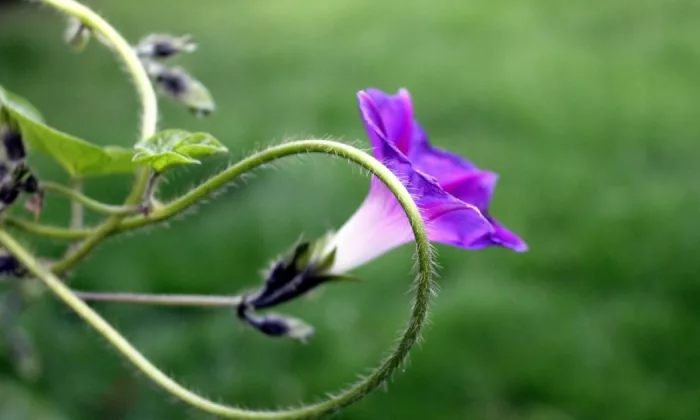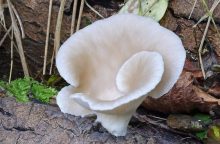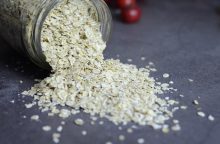Is it possible to destroy morning glory?

Cursed, hated and constantly eliminated but still present everywhere. That is a typical description of Convolvulus also known as the morning glory. In Central Europe, you will mainly find its cousin called field bindweed, (Convolvulus arvensis). Once you find this plant in fruit, vegetable or ornamental garden you know you have a problem. So, is there any way how to eliminate morning glory? You shall find out right now.
How do you fight morning glory and what actually works?
Morning glory roots are able to reach a considerable depth, sometimes they go down seven meters. Unfortunately, these roots are very fragile so they break easily, the rest remains in the ground and before you know it, you have a new morning glory everywhere. And even worse, morning glory roots can remain dormant in the soil for several years ! Dormant seeds are alive but not active. This means that they need a period of cold whether to end dormancy and to sprout again. The best prevention is not to let morning glory bloom at all, thus preventing it from spreading. If you do that, you will save yourself much time later.
Best pesticide for morning glory
Morning glory is a perennial weed and you may find it in lowlands as well as in areas with higher elevation, well, almost everywhere. The fight against this resilient plant is even more difficult because it is resistant to most pesticides and we all know that using pesticides is risky because you may damage plants around, and you should definitely refrain from spraying areas where you grow your own crops for harvest. Unfortunately, you are left with one option and that is to keep eliminating morning glory constantly by physically removing it throughout the entire growing season. Continuous removal of shoots will weaken the plant, but a complete elimination may take several years. Do not give up right away and keep removing as many roots as possible when you plough in autumn.
Not every morning glory is the same
For example, there are some types of morning glory that are not considered weeds. These include, Convolvulus tricolor which comes from Portugal and Greece, but it also occurs in North Africa. As the name suggests, this morning glory is typical for three-colour flowers. Gardeners especially like mixed morning glories which produce purple, blue and pink flowers.
Photo: Pixabay

Gardening is my hobby, I have a lot of experience and I am happy to share it.








0 comments